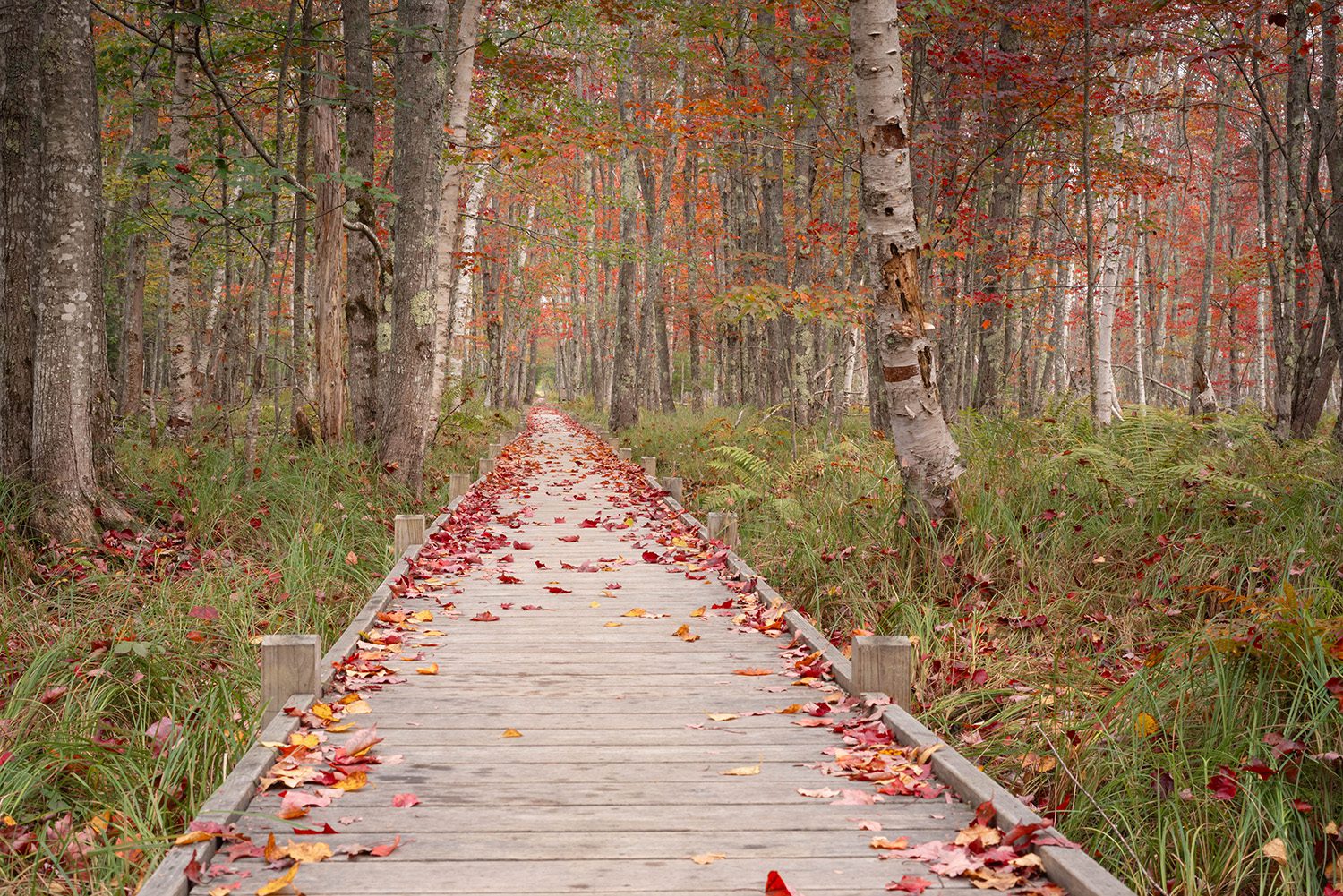Park Information Quick Facts
Location: Main
Park Size: 47, 000 Acres
Time Needed: 1-2 days
Best Season: Late spring to early fall
Must Do: Hike Cadillac Mountain
Pro Tips: You can leave your car where you’re staying and use the Island Explorer bus, bike, or walk on village connector trails. You can also drive the park loop to get your bearings before choosing a hike.
Visitor Centers
Acadia National Park features several visitor centers that serve as essential hubs for exploring the park’s natural beauty and rich history. The Hulls Cove Visitor Center, located near Bar Harbor, is the main starting point for most visitors. It provides helpful resources like park maps, trail guides, and interactive exhibits about Acadia’s geology, ecology, and cultural history. Rangers are on hand to answer questions and provide tips on the best trails, scenic drives, and activities based on the season. The center also offers an orientation film, giving visitors a quick overview of the park’s highlights. With ample parking and a convenient location near the park loop road, Hulls Cove is an ideal first stop for planning your adventure.
Plan Your Everglades Adventure Today!
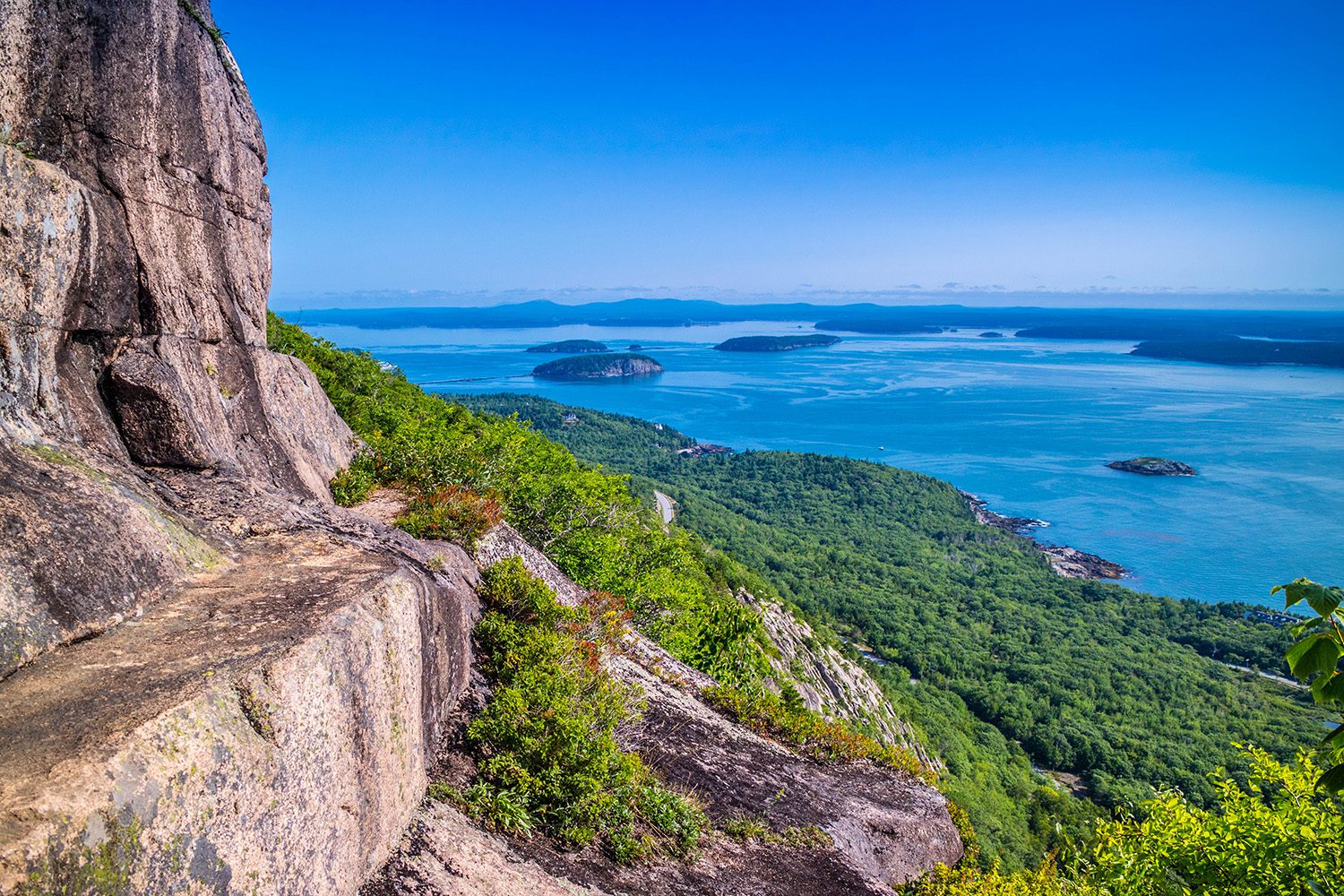
Getting There
How to Travel to Acadia National Park
Traveling to Acadia National Park offers a mix of convenience and scenic beauty, making the journey an enjoyable part of the adventure. For those driving, the park is accessible via major highways, with U.S. Route 1 being a popular choice for its picturesque coastal views and quaint towns. The park is about a six-hour drive from Boston, Massachusetts, and approximately three hours from Portland, Maine. Visitors driving from northern regions of the U.S. or Canada can connect to the park through Interstate 95, which leads to Bangor, Maine, before continuing eastward to Mount Desert Island, where Acadia is located. Parking is available throughout the park, although it can fill up quickly during peak seasons.
If flying, the closest major airport is Bangor International Airport, about 50 miles from the park. From Bangor, travelers can rent a car or take a shuttle to Bar Harbor, the gateway town to Acadia. Portland International Jetport, approximately 160 miles away, is another option and offers additional flight connections. Bar Harbor’s Hancock County-Bar Harbor Airport, a smaller regional airport, provides an even closer option for travelers arriving from select U.S. cities. Once in the area, rental cars are recommended for flexibility, as the park spans a large area with numerous points of interest.
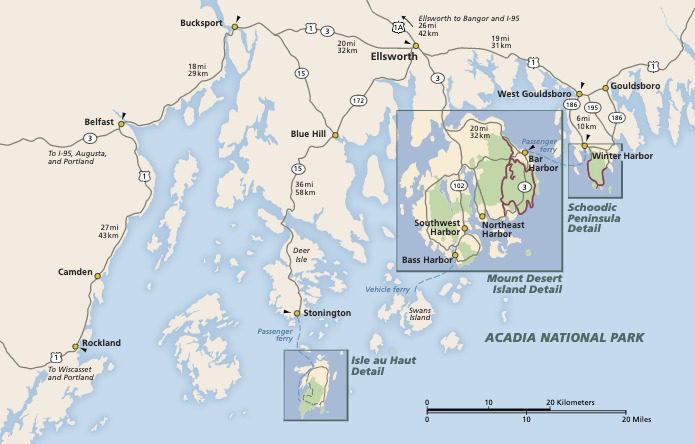
Campsites
Blackwoods Campground
- Location: East side of Mount Desert Island near Bar Harbor.
- Features: Close to popular attractions, year-round camping.
- Sites: Tent and RV sites (up to 35 feet); no hookups.
Seawall Campground
- Location: West side of Mount Desert Island near Southwest Harbor.
- Features: Quieter, more rustic experience.
- Sites: Tent and RV sites (up to 35 feet); no hookups.
Schoodic Woods Campground
- Location: Schoodic Peninsula, mainland portion of the park.
- Features: Spacious, less crowded area with biking and hiking trails.
- Sites: Tent, RV (up to 35 feet), and sites with electrical hookups.
Duck Harbor Campground
- Location: Isle au Haut, a remote island area of the park.
- Features: Primitive, backpacking-style camping accessible by ferry.
- Sites: Five lean-to shelters (no tent camping).
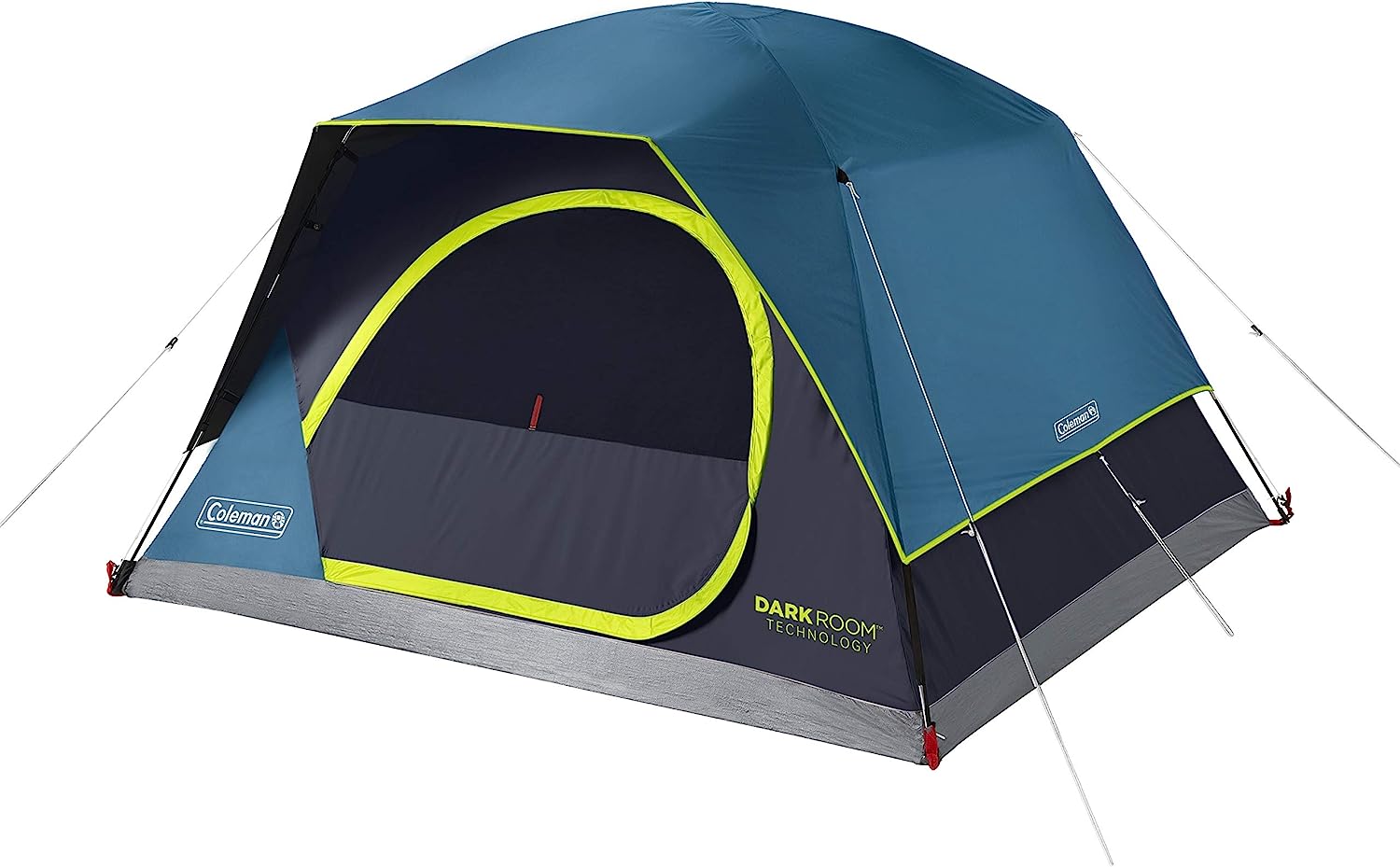

Here are three tips for camping in Acadia National Park:
-
Plan Ahead: Reserve your campsite well in advance, especially for Blackwoods, Seawall, and Schoodic Woods, as spots fill up quickly during peak season. Be sure to check each campground’s amenities and regulations on Recreation.gov.
-
Pack for Coastal Conditions: Acadia’s weather can change rapidly, with cool nights, fog, and occasional rain. Bring layers, a warm sleeping bag, waterproof gear, and a sturdy tent to stay comfortable.
-
Utilize the Island Explorer: Leave your car at the campsite and use the free Island Explorer shuttle to reach popular trails, beaches, and Bar Harbor. It helps reduce congestion and enhances your camping experience.
Popular Hiking Trails
Easy Trails
Jordan Pond Path
- Length: 3.3 miles loop
- Features: Views of the Bubbles and Jordan Pond, boardwalks, and flat terrain.
Ocean Path
- Length: 4.5 miles out-and-back
- Features: Stunning coastal views, including Thunder Hole, Otter Cliffs, and Sand Beach.
Wonderland Trail
- Length: 1.4 miles out-and-back
- Features: Gentle walk through woods to rocky coastline, ideal for families.
Moderate Trails
Beech Mountain Trail
- Length: 1.2–1.4 miles loop
- Features: Moderate climb with views of Echo Lake and access to the Beech Mountain Fire Tower.
Bubbles Trail
- Length: 1.5 miles loop
- Features: Views of Jordan Pond and the famous Bubble Rock glacial erratic.
Great Head Trail
- Length: 1.7 miles loop
- Features: Scenic coastal views, Sand Beach, and rocky headlands.
Challenging Trails
Precipice Trail
- Length: 2.5 miles loop
- Features: Iron rungs, ladders, and cliffside climbs with panoramic views. Not recommended for those afraid of heights.
Beehive Trail
- Length: 1.4 miles loop
- Features: Exposed climbing with iron rungs and spectacular summit views of Sand Beach.
Cadillac Mountain North Ridge Trail
- Length: 4 miles out-and-back
- Features: Gradual ascent to the highest peak in the park, with sunrise views.
Dorr Mountain Ladder Trail
- Length: 3.2 miles loop
- Features: Steep ascent with stone steps, ladders, and amazing vistas.
Challenging Trails
Giant Slide Trail to Sargent Mountain
- Length: 5.5 miles out-and-back
- Features: Woodland streams, waterfalls, and summit views from Sargent Mountain.
South Ridge Trail (Cadillac Mountain)
- Length: 7.1 miles out-and-back
- Features: Gradual elevation gain through forests and open ridges to Cadillac Mountain’s summit.
Penobscot and Sargent Mountain Loop
- Length: 5.4 miles loop
- Features: Challenging hike with views of Jordan Pond and Mount Desert Island.
Hiking Trails in Acadia National Park
Gear We Used


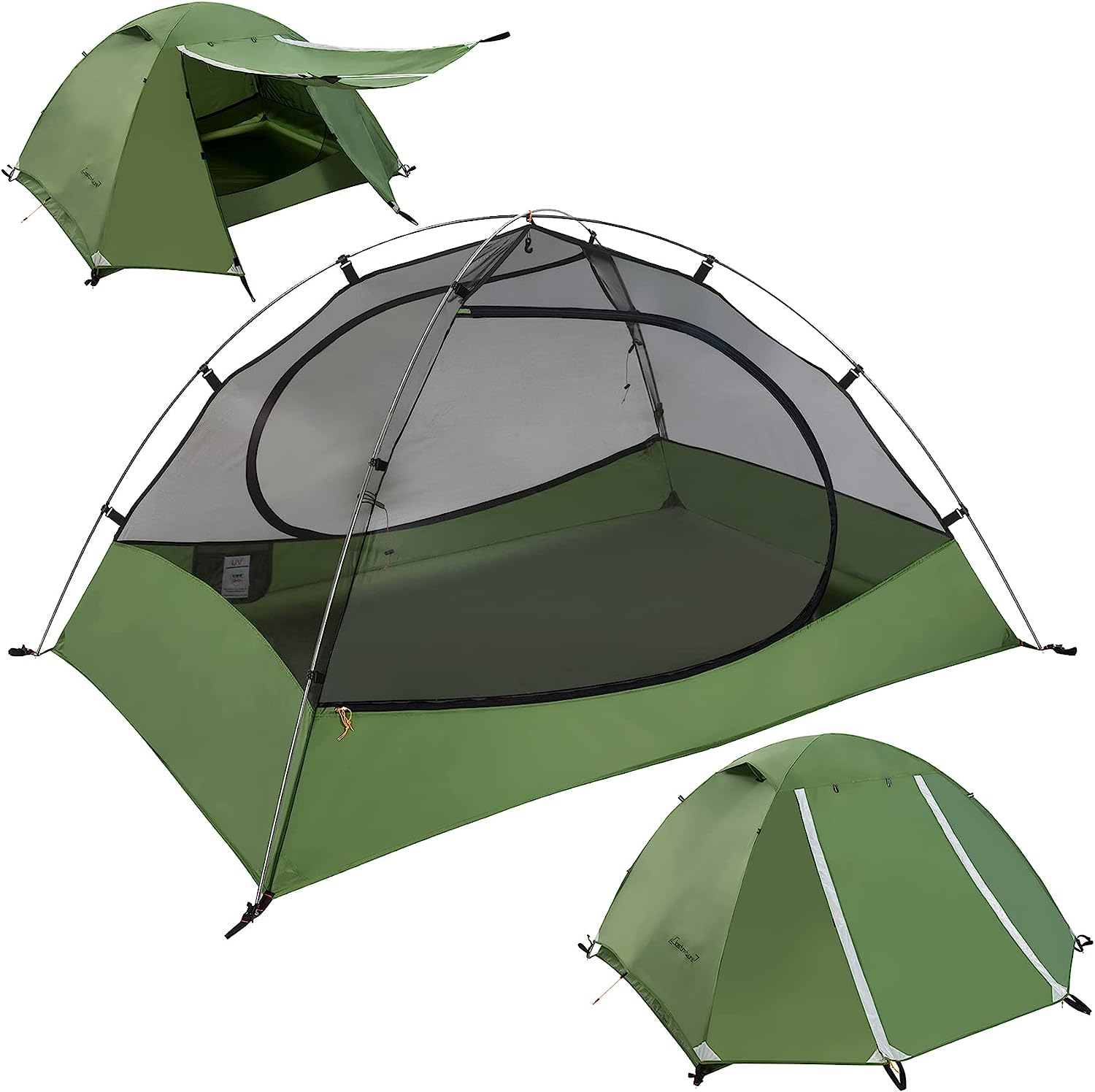
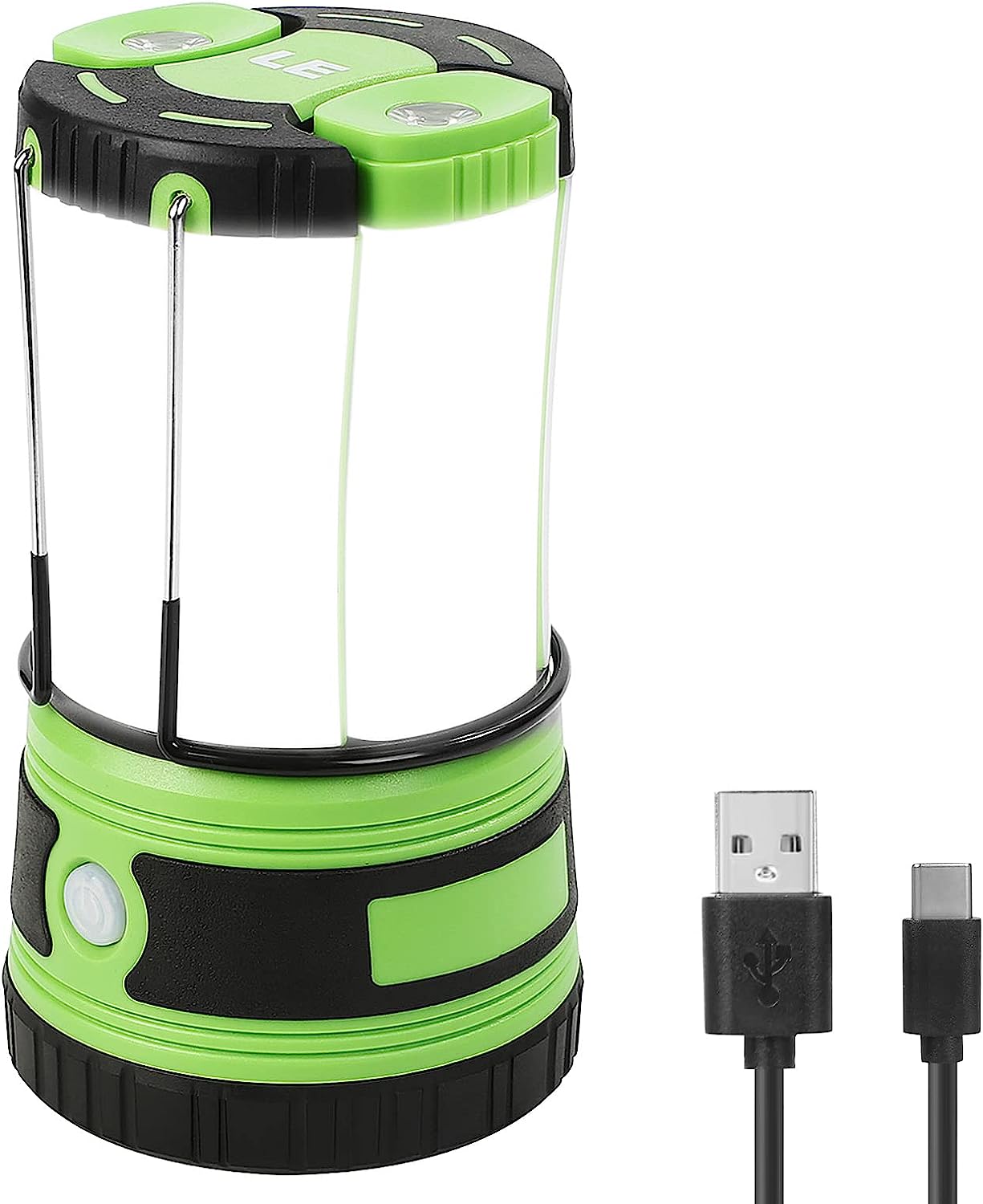
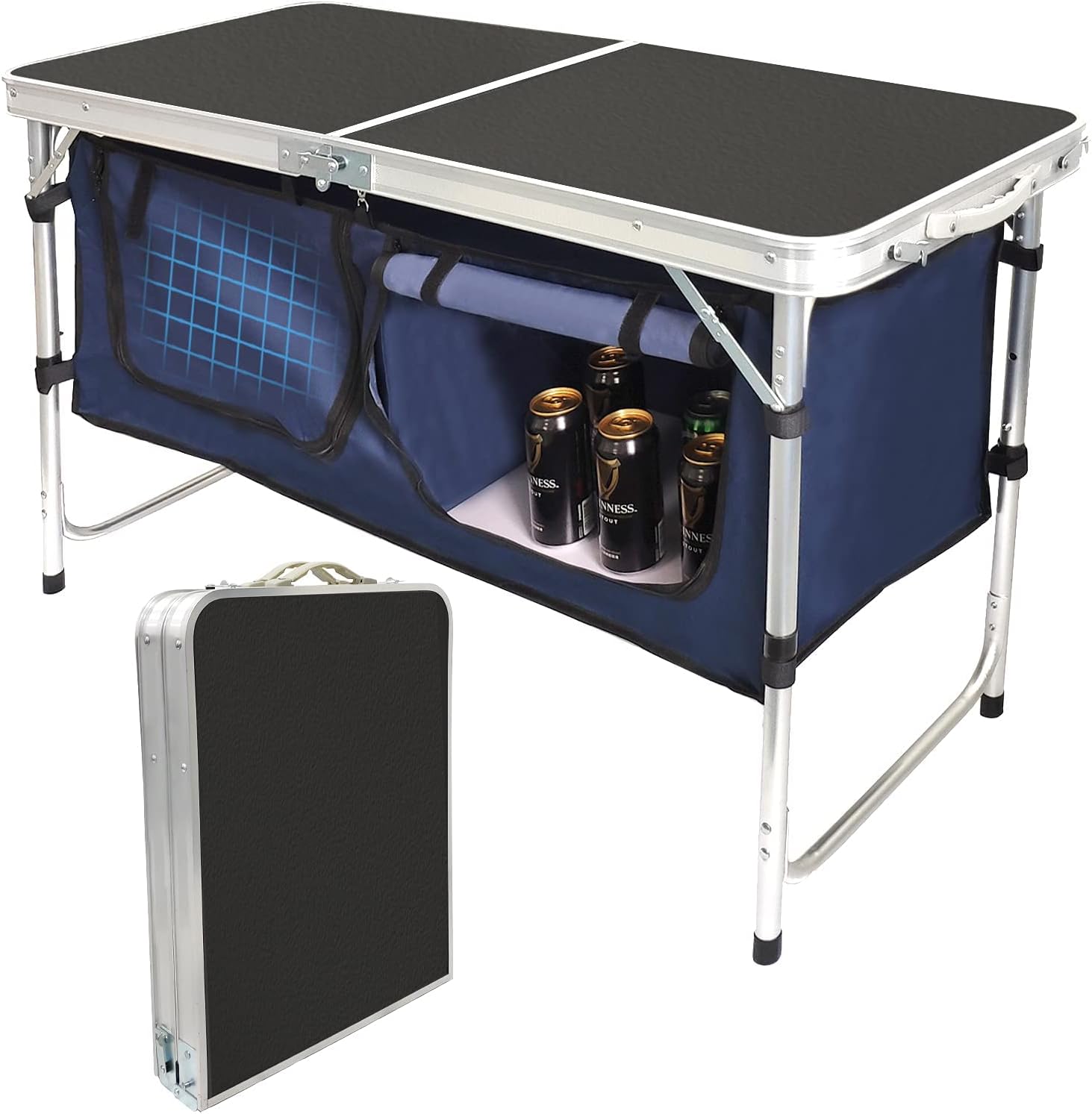
Must-Do Activities
Hike Cadillac Mountain for Sunrise
Cadillac Mountain, the highest peak on the U.S. East Coast, offers a breathtaking sunrise experience that’s a highlight for many visitors. During certain times of the year, it’s the first place in the country to see the sun rise. Whether you hike the South Ridge Trail for a rewarding ascent or drive to the summit for a more accessible option, the panoramic views of the coastline, islands, and ocean are unforgettable. Be sure to plan ahead, as a reservation is required to drive to the summit during peak sunrise times.
Explore the Park Loop Road and Jordan Pond
The 27-mile Park Loop Road is a scenic drive that connects many of Acadia’s iconic landmarks, including Sand Beach, Thunder Hole, and Otter Cliffs. A stop at Jordan Pond is essential, where you can enjoy a leisurely walk on the Jordan Pond Path and take in views of the Bubbles, two rounded peaks that frame the pond. Don’t miss the chance to visit the Jordan Pond House, famous for its popovers and tea, a tradition dating back over a century.
Walk the Ocean Path and Visit Thunder Hole
Acadia National Park History
Acadia National Park, located on Mount Desert Island in Maine, has a rich history that dates back thousands of years. Long before it became a national park, the area was home to the Wabanaki people, who have inhabited the region for over 12,000 years. The Wabanaki relied on the island’s abundant natural resources, fishing in its waters, and hunting in its forests. Their deep spiritual connection to the land is reflected in their name for the island, Pemetic, meaning “the sloping land.” Today, the Wabanaki continue to maintain cultural ties to the area, and their contributions are an integral part of Acadia’s story.
The establishment of Acadia National Park began in the late 19th century when Mount Desert Island became a popular summer retreat for wealthy families. These seasonal visitors, known as “rusticators,” were drawn to the island’s unspoiled beauty. Influential figures such as George B. Dorr, known as the “Father of Acadia,” and philanthropist John D. Rockefeller Jr. played pivotal roles in preserving the land. Rockefeller, in particular, financed the construction of the park’s iconic carriage roads, a network of beautifully designed pathways that remain a treasured feature of the park. In 1916, President Woodrow Wilson established the Sieur de Monts National Monument, which later became Lafayette National Park in 1919, the first national park east of the Mississippi. The park was renamed Acadia in 1929 to honor the region’s French heritage.





